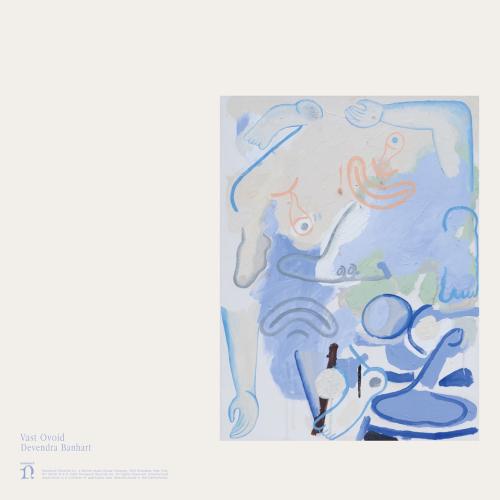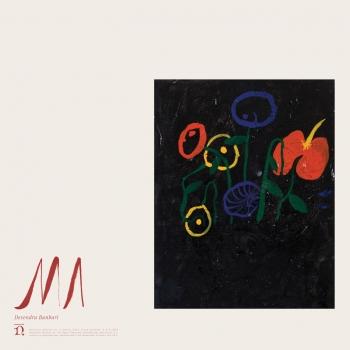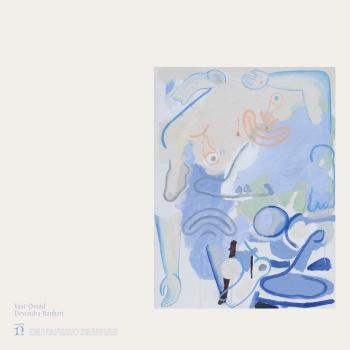
Vast Ovoid (EP) Devendra Banhart
Album Info
Album Veröffentlichung:
2020
HRA-Veröffentlichung:
06.08.2020
Das Album enthält Albumcover
Entschuldigen Sie bitte!
Sehr geehrter HIGHRESAUDIO Besucher,
leider kann das Album zurzeit aufgrund von Länder- und Lizenzbeschränkungen nicht gekauft werden oder uns liegt der offizielle Veröffentlichungstermin für Ihr Land noch nicht vor. Wir aktualisieren unsere Veröffentlichungstermine ein- bis zweimal die Woche. Bitte schauen Sie ab und zu mal wieder rein.
Wir empfehlen Ihnen das Album auf Ihre Merkliste zu setzen.
Wir bedanken uns für Ihr Verständnis und Ihre Geduld.
Ihr, HIGHRESAUDIO
- 1 Let's See 04:59
- 2 It's Not Always Funny 03:05
- 3 Vast Ovoid 02:32
- 4 Love Song (Helado Negro Remix) 04:19
Info zu Vast Ovoid (EP)
Vier Song EP als Nachschlag zum kürzlich erschienendem Album »MA«.
Als Wanderer zwischen Welten ist Devendra einmal mehr auf dieser EP unterwegs und untermauert immer mehr seinen ikonenhaften Status. Unverkennbar seine südamerikanischen Wurzeln, die sich beim venoelanisch-amerikanischen Weird-Folk-Songwriter nicht nur in Texten manifestieren, sondern auch in Verweisen auf kontemplativen, psychedelischen Latin-Jazz.
Devendra's musikalische Bewegungen liegen auch bei dieser EP wieder im entschlackten Indie-Rock Bereich mit 60s-Pop-Flair, angejazzten Weird-Folk, Erinnerungs-Songs und Orchester-Schwelgerei mit unterschwelligem Hazelwood / Soundtrack Charakter.
Devendra Banhart
Devendra Banhart
Growing up in Caracas, Venezuela and Los Angeles, Devendra Banhart was always playing music and drawing. But it wasn't until his brief stay at the San Francisco Art Institute that the disciplines became his constant companions. With the encouragement of poet and SFAI professor Bill Berskon, Banhart began experimenting with all kinds of art. He also began recording songs around that same time, usually on shoddy, hand-me-down four-track machines. Brief, half-finished, or written in stream-of-consciousness form, the recordings weren't initially intended for release. But friends encouraged Banhart, and he sent out a few tentative demos. He also left SFAI in favor of busking and wandering, and his travels led him from the Bay Area to Paris and eventually back to L.A. By now he was performing regularly, but he hadn't recorded or released anything officially. That changed when Michael Gira (Swans) issued the first Banhart material on his Young God imprint in October 2002. Oh Me Oh My... was an immediate critical hit, and comparisons to legends of songwriting, eclecticism, and tragedy were frequent (Tim Buckley, Syd Barrett, Marc Bolan, et al.). The Black Babies EP arrived in 2003, followed by Banhart's first full-length, Rejoicing in the Hands, in April 2004. Young God released its companion, Niño Rojo, in September. Acclaim for both was nearly unanimous, and Banhart's audience continued to expand. He jumped to XL for September 2005's Cripple Crow, an ambitious set and his most sonically expansive album up to that point. Smokey Rolls Down Thunder Canyon continued in that vein, recorded at Banhart's new home studio in Topanga Canyon. A jump to Warner Bros. brought a more straightforward set (relatively speaking), What Will We Be, in 2009. Released in 2013, Mala organized some of the overstuffed elements of Banhart's multifaceted muse into a more cohesive set of songs than on his previous few albums. A trend he continued with on his 2016 album, Ape in Pink Marble. (Rovi)
Dieses Album enthält kein Booklet











